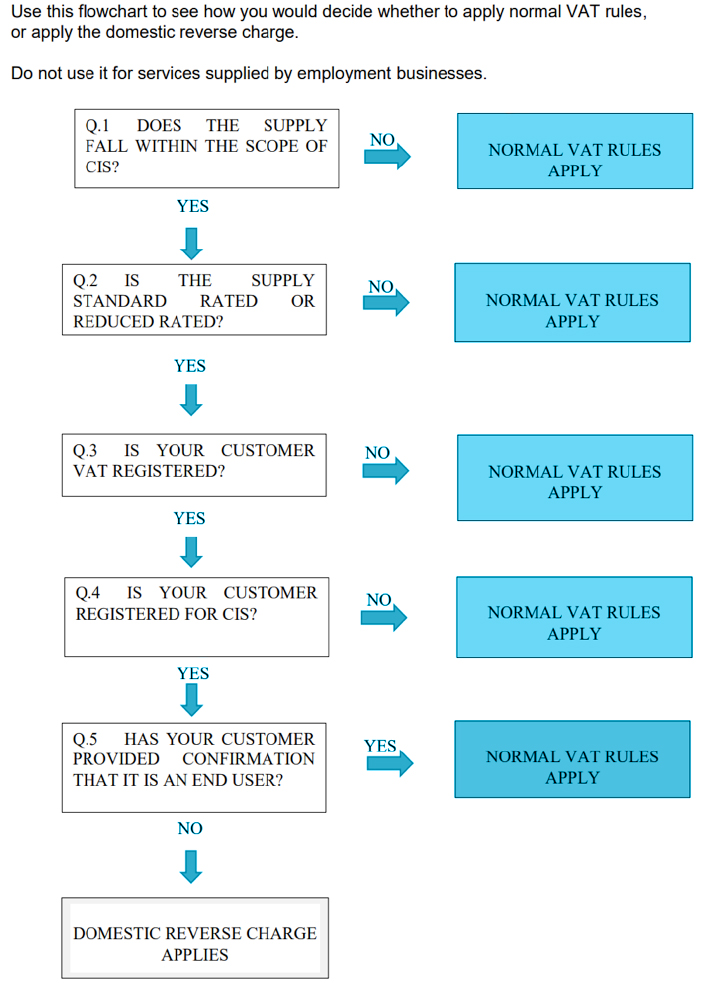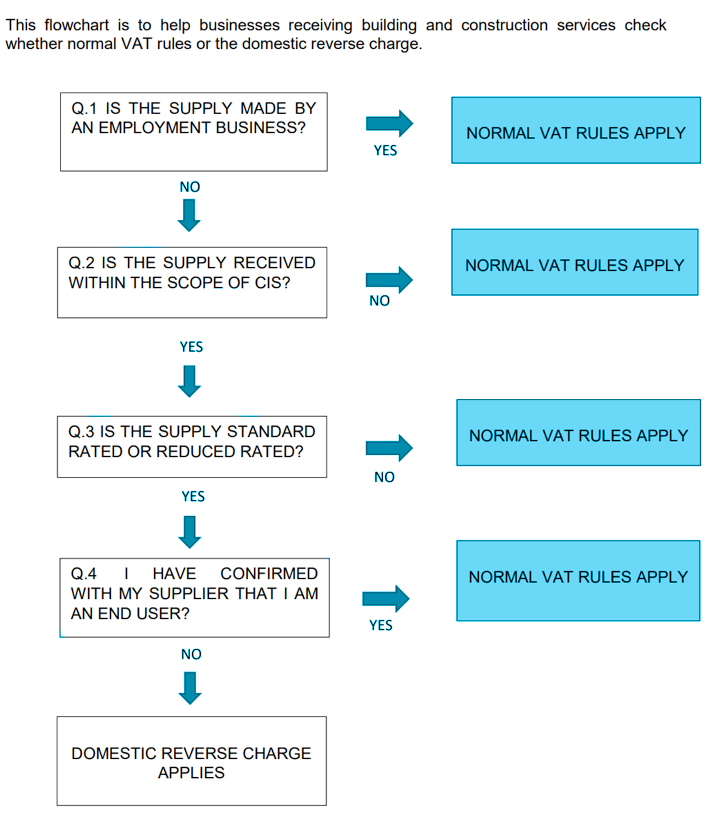The Brilliance of Resilience
Resilience is a term we have heard a lot over the last 12 months. It has become somewhat of a buzzword during lockdown. It is also a subject very close to Alan’s heart. He feels that if we can understand how to access it and use it properly, it can be a very powerful trait both personally and professionally
There are two definitions of the term resilience that I like. One comes from an engineering context and describes resilience as the ability of a substance or object to spring back into shape. Another definition, perhaps more relevant to the current context is the capacity to recover quickly from difficulties. Well, we have all had a few of those!
We are facing challenges on many fronts; home schooling, furlough, social distancing, remote working and endless Zoom calls, which can all nibble away at our resilience. Alan and I wanted to use the Mind Your Business Podcast to provide some hints and tips to help business leaders, owners and entrepreneurs rebuild their resilience.
We discussed two approaches to resilience; a psychological one and a philosophical one. Alan describes the philosophical approach as a state of mind he adopts each morning as he visualises his day ahead. He connects with the emotions he needs to take positive steps forward, regardless of the challenges he may encounter in that day.
In his book, the Miracle Morning, Hal Elrod describes the empowering effect of visualisation. He introduces visualisation as way to generate positive results in your outer world by using your imagination to create mental pictures of specific behaviours needed to lead to desired outcomes occurring in your life.
For him, visualisation is the process of imagining exactly what you want to achieve and then mentally rehearsing what steps you need to take to make it a reality. Elrod suggests that this turbocharges the programming of your subconscious mind for success. All before breakfast!
Alan and I agreed that when you visualise your goals daily, you align your thoughts and feelings with your vision, which makes it easier to maintain the motivation you need to keep taking the necessary actions to achieve those goals. It can also be a powerful tool to overcome any self-limiting habits such as procrastination or self-doubt.
Face the two imposters
I have tried to add my own philosophical viewpoint to this discussion. If resilience is the capacity to recover quickly from difficulties, then a way to achieve resilience is to use every disaster as a learning experience. In other words, if you can meet with Triumph and Disaster, and treat those two impostors just the same, then you will have resilience my son!
My point is that when we experience even the worst failures, if, when the dust settles, we can make them positive learning opportunities we will become better and stronger for it. As a business owner seeing barriers as challenges can help develop a mindset that allows us to approach life in a far more positive frame of mind. This in itself helps to create inbuilt resilience.
Alan and I discussed the difference between introspection, i.e. looking for the learning opportunities in any given circumstance and rumination, which is in effect just a past version of worrying. We agree that there is a clear negative correlation between worry and resilience. Worrying-about past or present- effectively saps your inner strength and takes your resilience away.
Alan and I have talked much- see previous blogs- about the power of getting clarity over issues as a way of defeating worry. Worry often leads to writing a horror story for our businesses. Viewing what is worrying us in glorious technicolour can often expose it as a lie and upgrading a worry to a challenge allows us to take some more positive action.
Even using language such as ‘here is my challenge and I am looking for ways to solve it’, feels more empowering that ‘here is something I am worried about and it keeps me awake at night’.
Grow your Circle of Influence
In his book ‘The 7 habits of highly effective people’, Stephen Covey refers to two concentric circles. The inner circle is called the ‘Circle of Influence’ and the outer circle is called the ‘Circle of Concern’. What he advocates is focusing on your inner Circle of Influence and what you can control. For example, how you can improve, how you can get better at what you do, how you can make your service better or how you can create client astonishment.

In this way you are expanding your Circle of Influence and as your Circle of Influence expands, by definition, your Circle of Concern diminishes. Growing or expanding your Circle of Influence effectively shrinks your Circle of Concern.
Our final discussion topic was how optimism and pessimism are linked to resilience. I consider myself a born optimist I will always look for solutions, the actions I need to move forward. But there are people out there who are the opposite and consistently let worry become their driving emotion. I’m not a psychologist but I am confident that there are significant benefits of optimism versus pessimism. I suspect optimists are more resilient than pessimists.
Even if we are born as either a pessimist or an optimist and there is a direct genetic link to these traits, I am confident we can we can learn to be more optimistic and therefore more resilient.
For inspiration, I think we should look to our children, specifically pre-teens. They too have coped with many challenges this year but I still see them taking it on the chin and starting each day with optimism and the resilience to make the best of it.
Building Resilience
Like building a muscle, increasing your resilience has many benefits but it requires time and dedication. If you don’t put in the work, it might atrophy. People are conditioned to think of resilience as a personality trait-either you have it or you don’t, but this isn’t necessarily the case. With intention and practice, you can become more resilient, no matter your circumstances.
Top tips for building resilience
- See everything that goes wrong as an opportunity to learn and be better for it
- Focus more on your Circle of Influence and less on your Circle of Concern
- Optimism and pessimism are both learned behaviours and we think there is a direct link between optimism and resilience
- Visualise your day and choose to be resilient through whatever challenges it presents
- Get real clarity in issues that worry you to change them into challenges
New editions of the Mind Your Business Podcast appear every Friday. Subscribe on Apple Podcasts, Spotify, Google Podcasts or your choice of Pod provider to have it delivered straight to your device.)



